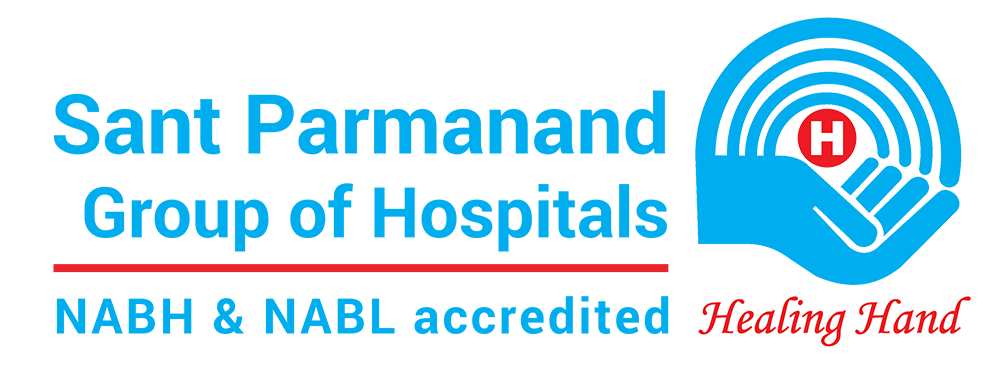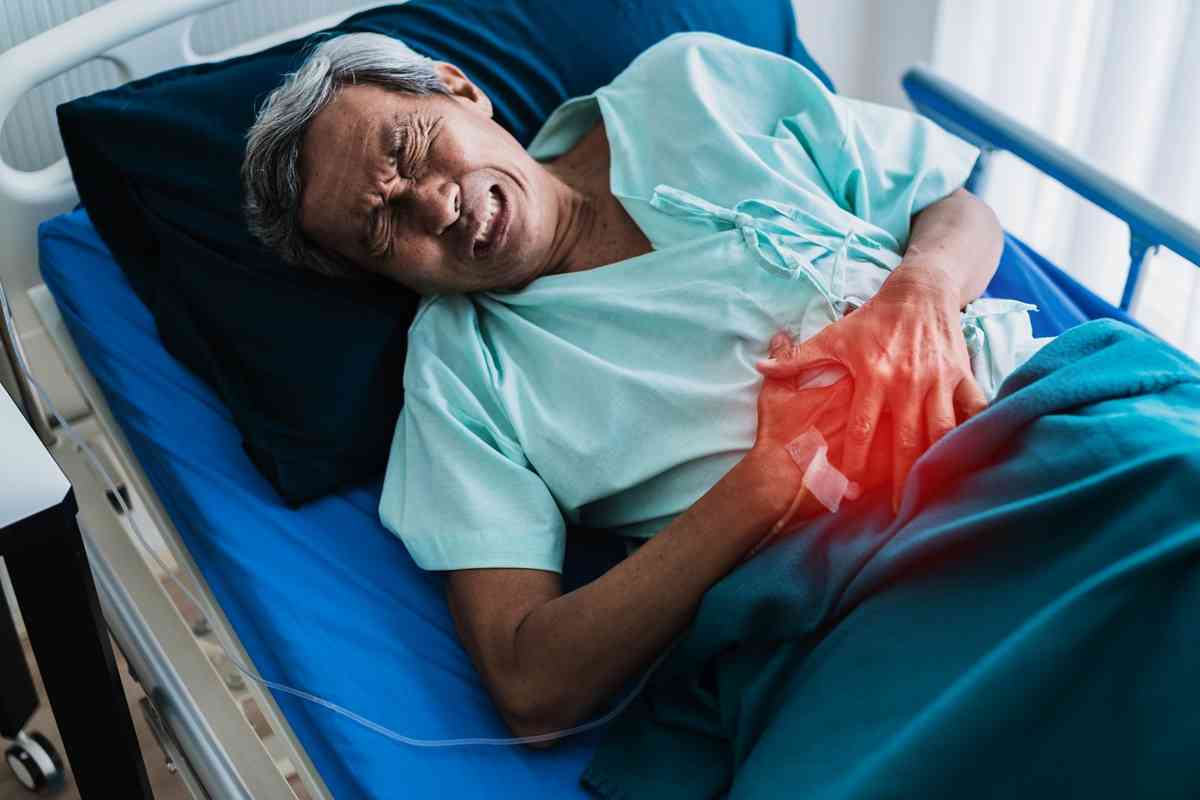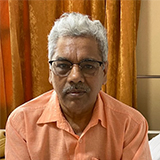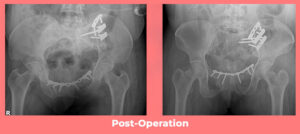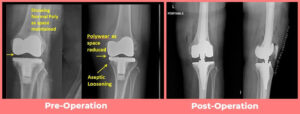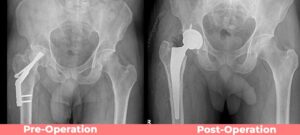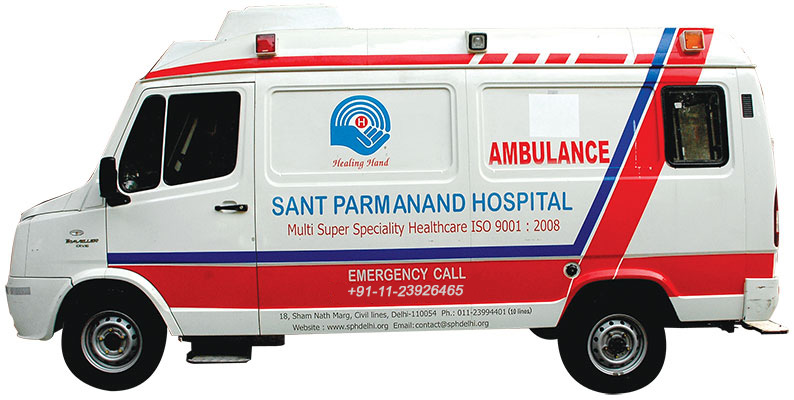Gallstones or gallbladder stones are hardened deposits of digestive fluid (bile) that can form in your gallbladder – a small, pear-shaped organ on the right side of your abdomen, just beneath your liver. The size of the stones can be as small as a grain of sand or as large as a golf ball. Some people develop just one gallstone, while others develop many gallstones at the same time. Many people with gallstones feel nothing at all, and can go undiagnosed for long periods. But if a stone blocks a bile duct, it can trigger sudden, intense pain and require surgery.
Image Source: Freepik.com
Other Signs and Symptoms May Include:
- Sudden and rapidly intensifying pain in the upper right portion of your abdomen
- Sudden and rapidly intensifying pain in the centre of your abdomen, just below your breastbone
- Back pain between your shoulder blades
- Pain in your right shoulder
- Nausea or vomiting
Gallstone pain may last several minutes to a few hours, but one should approach a hospital if the symptoms are severe, so much so that you find it difficult to sit still or find a comfortable position, notice yellowing of the skin and eyes (jaundice), or have a high fever with chills.
Gallbladder Stone Removal:
While various treatment options are available, including non-surgical methods to dissolve or remove the stones, healthcare professionals often recommend surgically removing the entire gallbladder, known as a cholecystectomy. It is a standard procedure performed to address gallstone-related issues effectively.
1. Laparoscopic/Robotic Cholecystectomy
In a laparoscopic cholecystectomy, the person is first put to sleep with general anaesthesia. The surgeon then makes a few small cuts and inserts tools through them to reach the gallbladder. One of those tools has a small camera on it, so the surgeon can see what they’re doing inside without making a big cut. Upon carefully removing the gallbladder stones, the surgeons close up the incisions with stitches or staples. Sometimes, the surgeon controls robotic arms to do the work with more precision.
2. Open Cholecystectomy
In cases where Laparoscopic surgery is difficult due to adhesions, infection, malignancy or other causes, sometimes open surgery for Gallbladder removal may be done. They may also choose to perform the procedure if the gallbladder is:
- Severely inflamed
- Scarred from several other procedures
- Affected by bleeding issues
- The person is overweight or obese
- Visibility inside the body is poor
3. Endoscopic Retrograde Cholangiopancreatography (ERCP)
In cases where Gallstones slip from the Gallbladder into the Common Bile Duct, an Endoscopic procedure, known as ERCP may be done to remove them before proceeding with a Laparoscopic Cholecystectomy.
Removing the Gallbladder or Just the Stones?
When diagnosed with gallstones, one may wonder why the solution often involves removing the entire gallbladder (cholecystectomy) instead of just targeting the stones. Sant Parmanand Hospital is one of the best hospitals for gallbladder removal surgery in Delhi NCR.
According to studies, it is always advisable to remove the entire gallbladder as gallstones tend to recur over time, and removing the gallbladder eliminates the risk of future gallstone formation and associated complications.
Rest assured, gallbladder removal does not significantly impact digestion or overall health, as the liver can still produce bile that can be redirected into the digestive system.
Gallstone Treatment at Sant Parmanand Hospital
At Sant Parmanand Hospital, we regularly treat patients dealing with gallbladder stones. The Gastro-Surgery department handles a wide range of procedures, including laparoscopy to remove gallbladder stones, which is a common and minimally invasive surgery.
When needed, procedures like ERCP are used to check for and remove stones from the bile duct. Endoscopic stone removal and stenting for narrowed bile or pancreatic ducts are also part of the treatment options, depending on the case.
The operating theatres are well-equipped, and care is taken to make the experience as smooth and safe as possible for the patient.
Recovery and Aftercare
A person’s recovery time depends on the type of surgery they had and any complications that arose.
After laparoscopic cholecystectomy, a person can often go home the same day or the next day. They can expect to return to normal activities within 1 week.
After open cholecystectomy, however, a person may need to stay in the hospital for up to a week. During this time, doctors will provide follow-up care. A person can often return to normal activities within 1 month post this kind of surgery.
With regards to long-term care, people may need to make some long-term dietary changes after the surgery.
After gallbladder removal, a focus on easy-to-digest foods, lean proteins, and smaller, more frequent meals is recommended. It’s crucial to avoid high-fat, greasy, and spicy foods initially, gradually reintroducing them as tolerated. Staying hydrated and adding fibre gradually can also aid digestion.
FAQs
How long does it take to recover from laparoscopic gallbladder stone removal?
Depending on the type of surgery, it could take up to 4 or 6 weeks to recover from laparoscopic gallbladder stone removal.
Is laparoscopic surgery painful?
Because it uses smaller cuts and causes less disruption to the body, laparoscopic surgery is less painful compared to traditional open surgery.
What foods should I avoid after gallbladder stone removal?
In general, it’s best to limit fatty, oily, fried, and heavily processed foods after surgery, since your body can have a harder time digesting them.
Are there any long-term side effects of the surgery?
Long-term issues after a laparoscopic cholecystectomy aren’t very common, but some people may experience what’s known as post-cholecystectomy syndrome (PCS). This can cause symptoms like bloating, diarrhoea, heartburn, or stomach pain, which may affect day-to-day comfort and quality of life.
